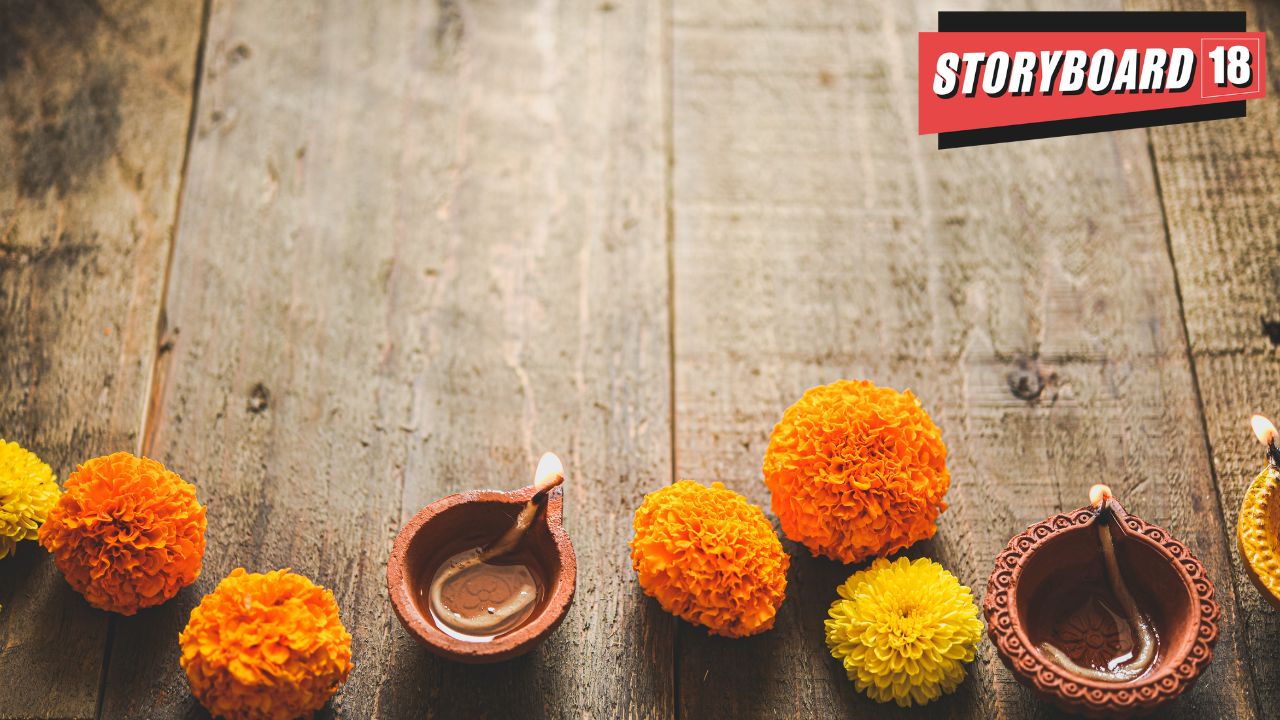Diwali has always had a special place in the hearts of Indian consumers and marketers. It is possibly the only festival that is celebrated across our vast country; yes I know Malayalees and Bengalis may not fully agree. But no other festival comes anywhere close to Diwali when it comes to the celebratory feel. Some years Diwali comes a little early, around mid October. This year, 2023, Diwali falls in mid November. For media companies that is a blessing. You get to sell advertising till November middle, as against facing an advertising drought post a mid October Diwali.
Diwali shopping has seen many changes over the years. At one time Diwali shopping used to be a month long affair. Clothes were bought, given to the family tailors and then came the wait. Stitched clothes often arrived just a day before Diwali. Televisions, cars and bikes had a waiting list and hence there was nothing like taking delivery on Diwali day.
The window of Diwali shopping started changing a decade or so ago. From a full month, the window narrowed to a couple of weeks (readymades replaced the tailored dress). One particular year it became just one weekend. Retailers held their breath hoping for a blockbuster weekend to save their bacon.
Diwali advertising was always a big deal. Some FMCG brands like Moti soap were bought by consumers only during Diwali (yes this is true). Multiple products used to have special Diwali campaigns. Some of the key categories that had heavy Diwali advertising include sarees, jewellery, sweets, home appliances, home electronics and a few more.
This year I found that the list of products riding the Diwali advertising bandwagon has grown, which include real estate, e-book readers, smartphones and even traditional Indian sweets. In the bygone era Diwali sweets were made at home; the fact that brands are advertising in media indicates that the market for branded packaged sweets has grown big enough for them to afford mass media spends.
Why is Diwali advertising so important in the brand marketing calendar? My hypothesis is that religious festivals like Diwali play a big role in reducing what I call ‘consumption guilt’. By nature Indians are more saving oriented (yes, the millennials may not fit this description). For a large majority buying is accompanied with a sense of guilt, do we really need a new TV or smartphone? Can’t this be postponed for another few months? Diwali brings in a sense of urgency and immediacy. Brands also believe that a good Diwali sales push helps brand momentum, dealer confidence and word of mouth.
Brands have tried to move the needle on the Diwali ad creative front too. One of the path breaking innovations in the recent past was the Cadbury ad featuring Shahrukh Khan which used the power of AI to help local retailers create their own SRK ad. I am sure we will see more such tech enabled Diwali advertising in the coming years. One key learning is that our country may change, brands may change, categories may die, but the importance of Diwali advertising is not going to diminish any time soon. With that let me wish all of you a very happy Diwali !
The writer is an advertising veteran, an independent brand coach and a best selling author of 11 books. His latest book ‘All The World’s A Stage’ is a personal branding story. View expressed are personal.
